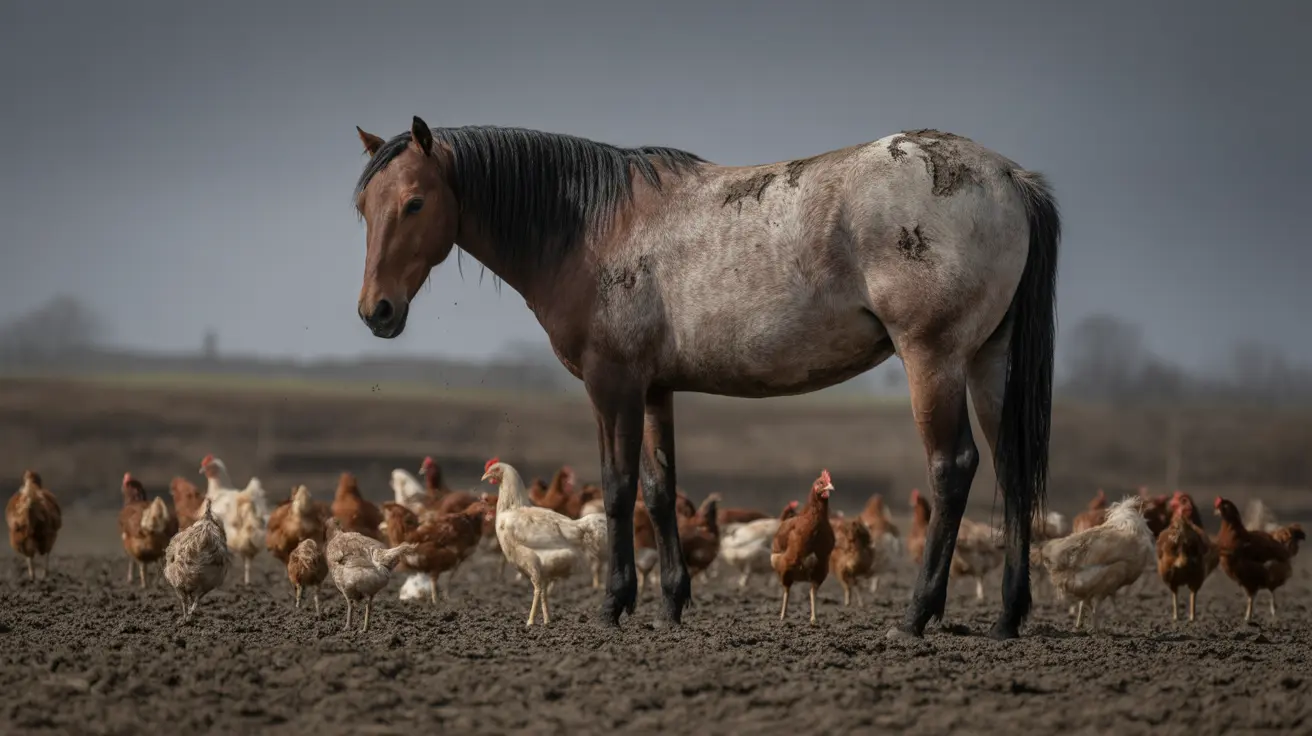The East Ridge Animal Shelter has reached a breaking point, announcing they are at maximum capacity and urgently need community support to help the animals in their care. This animal shelter crisis highlights a growing problem affecting shelters nationwide, where pet overpopulation causes facilities to overflow with dogs and cats desperately needing homes.
When animal shelters reach capacity, it creates challenging situations for both the animals and staff. Limited space means reduced quality of life for pets, increased stress levels, and difficult decisions about intake policies. For pet lovers in the East Ridge community, this presents an opportunity to make a meaningful difference in the lives of vulnerable animals.
Understanding Animal Shelter Overcrowding
Animal shelter overcrowding occurs when the number of animals entering facilities exceeds the number finding homes through adoption, fostering, or other outcomes. This situation puts tremendous strain on resources, staff, and most importantly, the animals themselves who may spend extended periods in kennel environments.
Several factors contribute to this ongoing challenge. Pet overpopulation causes stem from uncontrolled breeding, lack of access to spay and neuter services, and economic hardships that force families to surrender beloved pets. Additionally, seasonal fluctuations often bring increased intake during spring and summer months when animals reproduce most actively.
How Community Members Can Help
East Ridge Animal Shelter Adoption Opportunities
The most direct way to help is through the pet adoption process. Adopting a dog or cat not only saves one life but creates space for another animal in need. The adoption process typically involves meeting potential pets, completing an application, and working with shelter staff to ensure a good match between family and pet.
Prospective adopters should consider their lifestyle, living situation, and long-term commitment when choosing a pet. Adult dogs and cats often make excellent companions and may already be house-trained, making the transition smoother for new families.
Foster Program Opportunities
For those unable to commit to permanent adoption, foster programs offer another vital way to help. When you foster a pet near me, you provide temporary care that frees up shelter space while helping animals decompress from shelter stress. Foster families often care for animals recovering from medical procedures, pregnant mothers, or young animals not yet ready for adoption.
Many shelters provide supplies, medical care, and support throughout the fostering period, making it accessible for first-time foster families.
Volunteer at Animal Shelter
Volunteers form the backbone of many animal welfare organizations. Opportunities to volunteer at animal shelter facilities include dog walking, cat socialization, cleaning, administrative tasks, and special events. Regular volunteers often develop meaningful relationships with staff and animals while contributing valuable hours to daily operations.
Financial Support and Donations
Those wondering how to help animal shelters can also donate to animal shelter operations. Financial contributions support medical care, food, supplies, and facility maintenance. Many shelters also maintain wish lists of needed items like blankets, toys, cleaning supplies, and food.
The Importance of Spay and Neuter Services
Addressing pet overpopulation at its source requires widespread access to spay and neuter services. These procedures prevent unwanted litters while providing health benefits to individual animals. Many communities offer low-cost spay and neuter programs to make these essential services accessible to all pet owners.
Building Community Pet Support
Effective animal welfare requires community-wide commitment to responsible pet ownership. This includes proper veterinary care, training and socialization, secure housing to prevent lost pets, and thoughtful consideration before acquiring pets.
Community pet support also involves advocating for animal welfare policies, supporting local shelters through various means, and educating others about pet care responsibilities.
Frequently Asked Questions
What should I expect during the pet adoption process?
The adoption process typically involves visiting the shelter to meet available animals, completing an application with information about your lifestyle and preferences, and potentially having a meet-and-greet with other household pets. Shelter staff work to match pets with appropriate families to ensure successful placements.
How can I help if I cannot adopt or foster?
Many ways exist to support animal shelters beyond adoption or fostering. You can volunteer your time, donate money or supplies, share adoptable pets on social media, participate in fundraising events, or advocate for animal welfare in your community.
Why is spaying and neutering important?
Spay and neuter procedures prevent unwanted litters that contribute to pet overpopulation. These surgeries also provide health benefits including reduced risk of certain cancers and behavioral improvements. Widespread spaying and neutering is essential for reducing shelter intake numbers long-term.
Taking Action for Animal Welfare
The East Ridge Animal Shelter's capacity crisis represents both a challenge and an opportunity for the community to come together for animal welfare. Whether through adoption, fostering, volunteering, or donations, every contribution makes a difference in the lives of animals awaiting their second chances.
By supporting local shelters and promoting responsible pet ownership, communities can work toward a future where every pet has a loving home and shelters can focus on care rather than crisis management.






